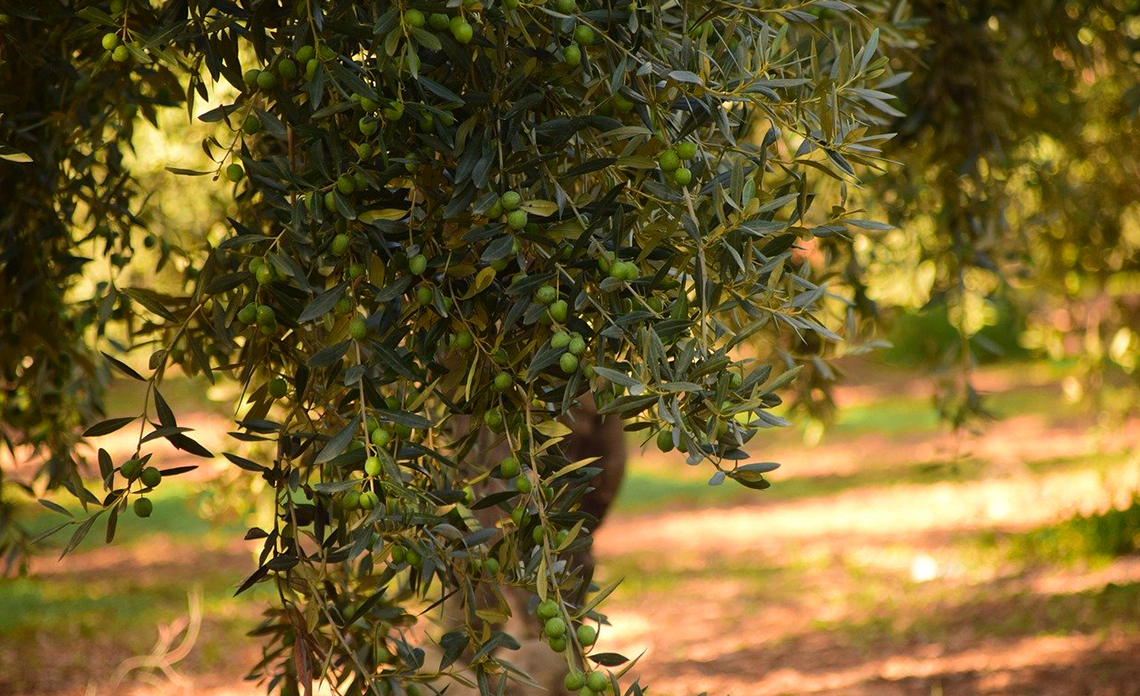To prune an olive tree: the right gestures
The pruning of the olive tree is an essential step in order to limit variations in olive production and the occurrence of diseases. The quality of fruiting is also improved but you must know the right gestures to adopt. Discover in this article all our tips to prune an olive tree!
Why is the pruning of the olive tree indispensable?
Pruning an olive tree refers to removing dead branches from the tree and aerating the centre. This will improve the pollination of the olive tree and the number of olives produced. Firstly, by aerating the olive tree, the sun can reach all parts of the tree, so its growth is greatly improved. The greater the plant mass, the lower the yield will be because the sun cannot reach all the olives.
Moreover, the proliferation of parasites is limited. Indeed, they multiply essentially in humid and dark environments. The pruning of the olive tree is therefore a solution to fight against this disadvantage.
When to prune an olive tree?
Formation pruning is carried out at planting if the tree is at least 1 metre tall. For maintenance, the olive tree should be pruned after periods of intense cold and before flowering. The period between the end of February and March is thus the most favourable period for pruning the olive tree. It is indeed necessary to avoid periods of frost and flowering so as not to disturb the growth of the tree. Finally, pruning for fruiting is done every two or three years at the same time as maintenance pruning.
What are the steps to take to prune an olive tree?
In order to prune an olive tree, you will need a pruning shears, a healing product (cuts of more than 3cm in diameter) and a pruning saw.
For formation pruning, you must select the 5 largest branches of your olive tree distributed around the trunk, cut the others and then pinch the central branch. The pinching is done at the flexible part at the end of the branches and helps to favour the branching and limit their lengthening.
To maintain your olive tree each year, you must cut the “stumps” (branches growing at the foot); cut the branches and then prune the branches growing inwards.
Pruning for fruiting is more technical. In fact, it aims to prune the olive tree “in a goblet”; that is by giving it a structure with 4 or 5 branches. The branches from the previous year must first be pruned and then those that are arching after the last branch (before the bending) must be cut. Remember to leave a fruiting branch about every 15cm for a young olive tree. Then cut off the new twigs starting from the trunk as well as the dead wood. Finally, shorten the branches which are large and strong; the olives will be tastier if they grow close to the trunk.
Pruning an olive tree greatly improves the yield and quality of the olives and therefore of the olive oils. Discover our extra virgin, organic, PDO and AOC olive oils made with respect for tradition by our French olive oil producers!


